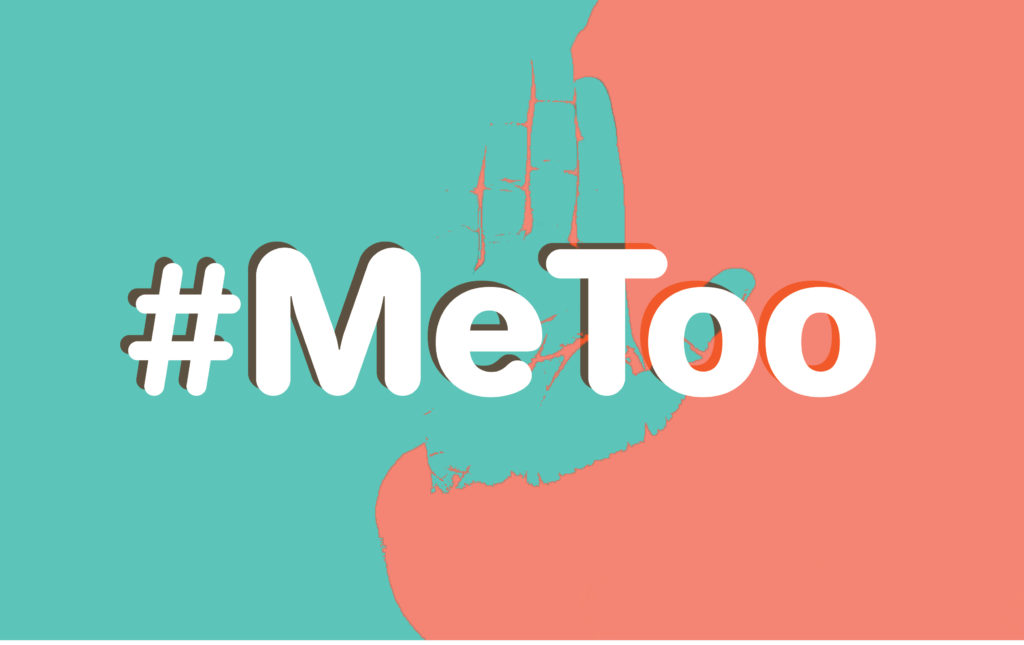Since the start of the academic year, one of the highlights of my week is working with girls ages six to eight at an after-school program I help to facilitate. They are sweet and creative and funny in such an absurd way that no one our age can replicate. But this week, they were rowdier than usual. After one came in with a cup full of candy, I could feel the bad attitude in the room spike, and suddenly I found myself having to break apart the crowd chanting “Give me!” forming around the girl. As I pushed a hand away that had grabbed the girl’s arm, I paused when the other adult facilitator said, “Respect! We keep our hands to ourselves!”
Growing up, I have been warned to not touch my peers but it was always framed as all-or-nothing; you either keep your hands to yourself or you don’t. Giving ultimatums like that can be highly ineffective, especially when their vagueness include positive physical connections between friends like hugs. I know if I say it to kids, it’s that they are being too rough, and I’m using it as a shorthand to say “Don’t touch someone else like that.” Because if the girls want to hold hands, I let them because I value that action. I will not, however, let them grab meanly at each other.
The two different phrasings of the no-touching rule and their implications do not stop at childhood. At least in my experience, there is some confusion around what is appropriate physical contact and the valuation of these actions, however casual. This discussion can be framed in terms of access to you and your body. This is an admittedly sterile phrase but it’s one I use intentionally to balance out the seemingly paradoxical way personal bubbles exhibit the vulnerability, danger and excitement of physical connection.
To start off simply, people have different comfort levels when it comes to contact and interaction. As a New Yorker who has spent a lot of time enjoying public transit, I tend to close off my expressions among strangers and just try to zip from place to place without running into anyone. That distant attitude comes out at odd times and affects my day-to-day contact with others. There are a lot of people I know, however, who have a comparatively nonexistent personal bubble, and it was certainly interesting for us to find a way to interact without either of us being made uncomfortable.
Negotiating access can be tricky, and I think that as it stands, sexuality and gender can have a great effect on the way we perceive—or are “supposed” to perceive—this access to one another’s bodies. Using myself as an example again, there have been times when a guy friend has suddenly reached out for me playfully in what could easily be misconstrued as sexual. The particular man in question was a friend of mine and, in these instances, I was not particularly offended because I myself can be pretty touchy-feely with people I am close to. However, his reaction to my initial surprise was to jokingly defend himself with: “Don’t worry; I’m gay. I am getting nothing out of this.”
This response is one I’ve heard more than I’d like in the media and to fellow female-bodied friends. And I believe it is a good example of how assumptions play out in access, assumptions that could easily turn into uncomfortable, unsafe situations.
Because while it may seem obvious in theory, in practice I think it’s easy to forget that physical contact involves more than just one person, and certainly more than just the one who is reaching out. It is not just your reaction to or intention for the interaction that matters. Just because my friend’s sexuality makes the touch nonsexual for him, he did not know or realize what that could mean for me. That act could have been read as anything from a come-on or a violation, and it’s important as we interact to be aware of how what we do can affect someone. Being cognizant of both your positive and negative influence is vital to sharing a world with others as adults. The same could be said for any sort of sexuality and gender pairing, and how it plays out can be influenced by restricting traditions of how straight and queer people, or cis and trans* people, or women, men and non-binary-identified people relate physically.
As with the young girls, I would not go as far as to say that you must hold back from ever touching someone ever again. That reductive view of physical contact can limit some really good ways of casual contact. It would also lead to an unnecessary paranoia that, to me, would not be a healthy way of going about interaction. But we, altogether as a society and as a college, need to be more conscious of how we are coming across. Finding that balance will keep us in check, make us more aware of each other, and help create a safer campus for people who have large personal bubbles, for whatever reason.














Paul Lee • Sep 12, 2019 at 2:14 am
Peculiar article, just what I needed.
Ella Poole • Sep 10, 2019 at 7:37 pm
Hello! Do you know if they make any plugins to assist with SEO? I’m trying to get my blog to rank for some targeted keywords but I’m not seeing very good results. If you know of any please share. Kudos!
Chloe Cornish • Sep 7, 2019 at 9:06 am
I have been surfing online more than three hours today, yet I never found any interesting article like yours. It is pretty worth enough for me. In my view, if all website owners and bloggers made good content as you did, the net will be a lot more useful than ever before.
Aeriecodes • Aug 1, 2019 at 8:12 am
Way nice! Some very legitimate points! I appreciate you making this write-up and all of those other website is very good also.
SkyZonediscountcode • Jul 29, 2019 at 6:04 pm
excellent post mate, although there is certainly an issue with backlinking with regards to ecommerce.